Light therapy improves skin by using specific wavelengths: red for collagen, blue for acne, and green for tone. But results depend on dose and device specs. This guide explains how light affects skin biology, what outcomes to expect, and which tools actually work.

At a Glance: What Light Therapy Can Do for Your Skin
-
Red Light (660nm): Boosts collagen, improves elasticity, and softens fine lines
-
Blue Light (415nm): Kills acne-causing bacteria without drying or irritation
-
Green Light (525nm): Helps reduce redness, blotchiness, and pigmentation over time
-
Supports skin repair at the cellular level, no invasive treatments required
What Light Therapy Helps Improve
Acne and Inflammation

Blue light therapy treats acne by targeting P. acnes bacteria, the root cause of many breakouts.
At wavelengths around 415nm, blue light excites porphyrins within the bacteria, triggering a release of singlet oxygen that destroys them without harming healthy skin.
Early Signs of Aging
Red light therapy combats early signs of aging by stimulating collagen production at the cellular level through a process called photobiomodulation (PBM).
Using wavelengths around 660nm, it activates mitochondria to produce more ATP, fueling skin repair, improving elasticity, and reducing fine lines. PBM also enhances blood flow and stem cell activity, accelerating tissue regeneration and smoothing texture over time.
Redness and Pigmentation
Green light therapy, operating best at 525nm, is emerging as one of the most promising tools for reducing redness and restoring even skin tone. Clinical observations and early studies point to green light’s ability to fade discoloration, brighten dull skin, and calm visible redness, making it a natural choice for users seeking non-invasive pigment correction.
What Light Therapy Does Not Solve
Deep Pigmentation and Scarring
Red and green light can help fade surface-level pigmentation, but deep scarring doesn’t respond to LEDs alone. Topical agents, lasers, or chemical peels are more appropriate in these cases. Light therapy can support recovery post-treatment, but it won’t replace them.
Rapid Skin Overhaul
Some users expect an overnight shift in texture or tone. Light therapy doesn’t trigger that kind of response. The process is cumulative. Sessions build over time to support smoother skin and reduced inflammation, but they won’t erase fine lines or tighten pores in a week.
Daily logs help keep expectations in check.
Most people notice subtle change after 2–3 weeks, with visible improvement around week 6. Lumara’s VISO LED Mask makes it easy to build a repeatable routine thanks to short treatment windows and wide coverage.
What Buyers Need to Check Before Using a Device
Specs That Actually Matter
Not all devices are built to deliver the same dose. Wavelength, energy output, and LED spacing directly affect performance. Red light for skin should fall around 660nm. Look for output levels above 30mW/cm² and a total dose near 5 J/cm² per session.
That’s where collagen production and anti-inflammatory benefits begin to show up.
The VISO Mask is engineered with 6mm spacing and high-density diodes, ensuring full coverage without missed zones. Devices without specs listed or vague claims of “strong light” rarely meet clinical thresholds.
Eye Safety and Mask Design
Eye exposure to LED light, especially near-infrared and blue, needs to be controlled. Masks without shielding or guidance can cause strain or dryness over time. Improper fit also allows light to leak toward sensitive areas.
Eye protection is recommended for high-intensity panels, especially for daily users.
What Real Users Are Still Asking
Does It Conflict With Injectables or Active Ingredients?
Botox, fillers, and red light don’t interfere chemically, but timing matters. Red light therapy may be used before or after injectables, but spacing sessions by several days helps avoid swelling or overstimulation.
When in doubt, start with lower doses. The VISO Mask offers gentle, face-focused exposure ideal for post-injection recovery.
Topical retinoids, acids, or peels may amplify sensitivity under red light. Wait at least 24–48 hours after applying strong actives, and monitor skin closely after each session.
Can It Help With Hormonal Breakouts?
Light therapy may ease redness and inflammation from hormonal acne, but it doesn’t treat the root cause. Paired with topical support or lifestyle changes, red and blue light can help manage surface-level flares.
The Blue Light Panel can reduce bacterial triggers, while red light soothes surrounding tissue.
Is My Device Overheating My Skin?
Skin should never sting or stay red for more than an hour post-treatment. Some warmth is expected, especially with high-irradiance panels. If discomfort builds during sessions, check distance from the panel and reduce session length.
How to Track Whether It’s Working
Progress Metrics
Take clear, consistent photos weekly. Focus on tone, redness, breakout frequency, and roughness, not dramatic changes overnight. Good lighting and the same camera angle show subtle shifts that daily mirrors miss. Note any increases in hydration or bounce as early signs of skin response.
Adjustment Strategies
Redness that fades within 30–60 minutes after a session is normal. Prolonged irritation or tightness signals overuse or a need to modify the routine. Drop to every other day or reduce session time until skin settles.
Why Lumara Is the Gold Standard in Light Therapy
If you’re serious about light therapy, the difference comes down to performance, and that’s where Lumara stands alone.
While most consumer devices focus on aesthetics or marketing fluff, Lumara is built on clinical specs, real science, and obsessive engineering. Every product is designed to deliver the precise wavelengths, energy output, and LED spacing your skin actually needs to change.
Whether you’re an esthetician, a skincare minimalist, or someone rebuilding their skin health from scratch, Lumara gives you the tools to go deeper than surface-level glow. No filters. No guesswork. Just engineered light that works.
Best-in-Class Devices to Start With
🏮Illuminate Red Panel: Full-face coverage. 660nm red light. 5 Joules/cm² in under 10 minutes. Ideal for collagen, texture, and inflammation.
♥️ VISO Mask: Hands-free, 660nm facial therapy with contoured coverage. Great for redness, recovery, and routine use.
🩵 Illuminate Blue Panel: Targets acne at the microbial level using 415nm blue light. Pairs well with red light for breakout-prone skin.
🌿 Illuminate Green Panel: 525nm green light to support tone, clarity, and pigmentation correction.
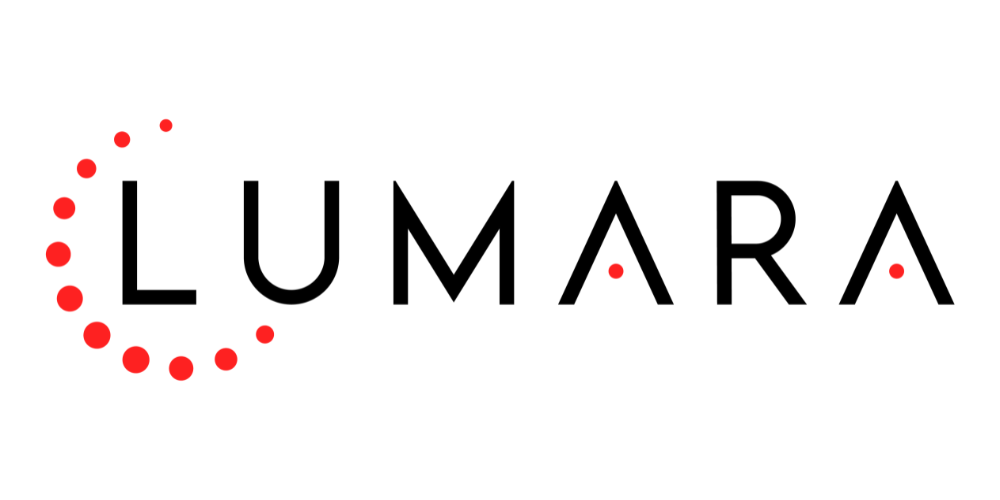
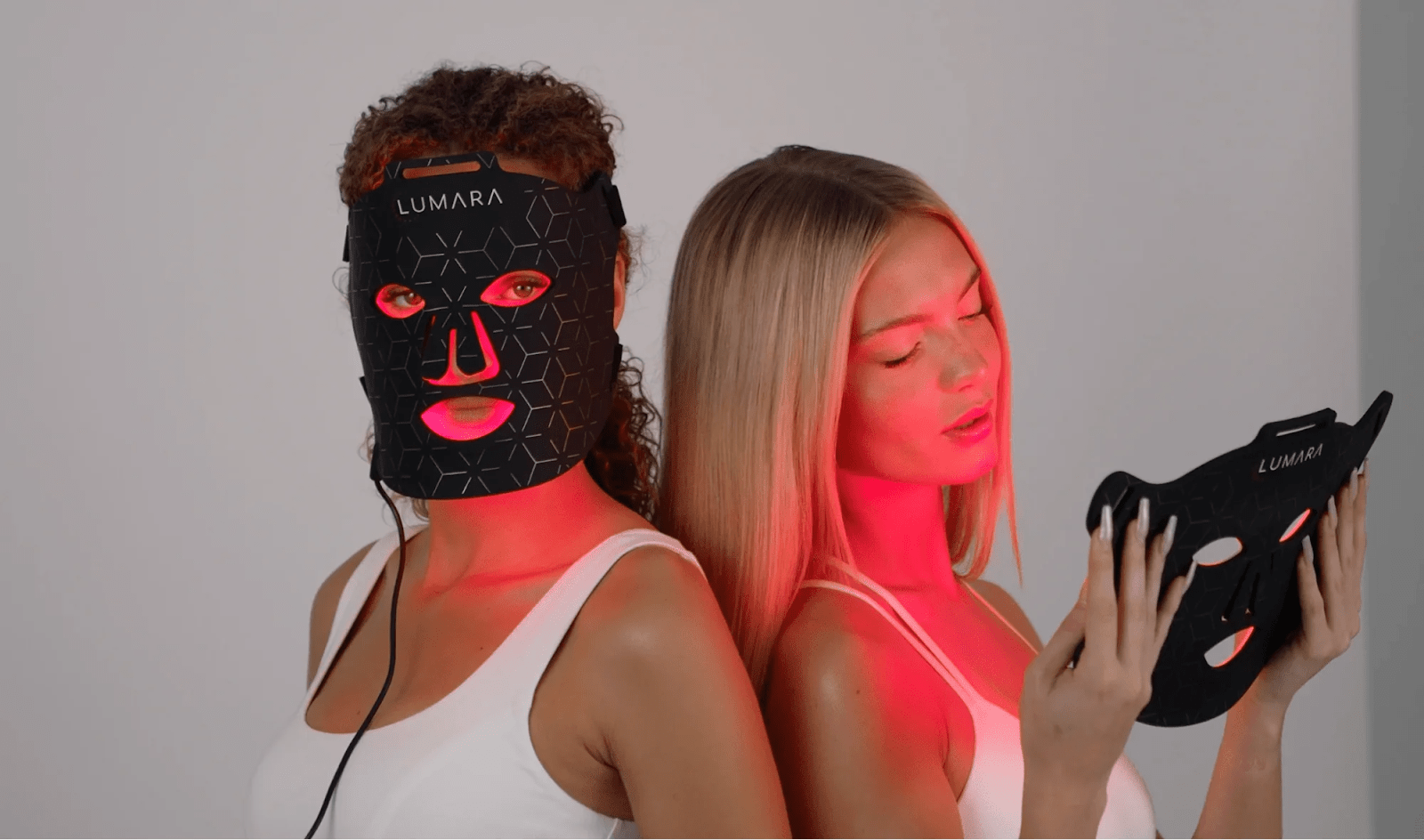
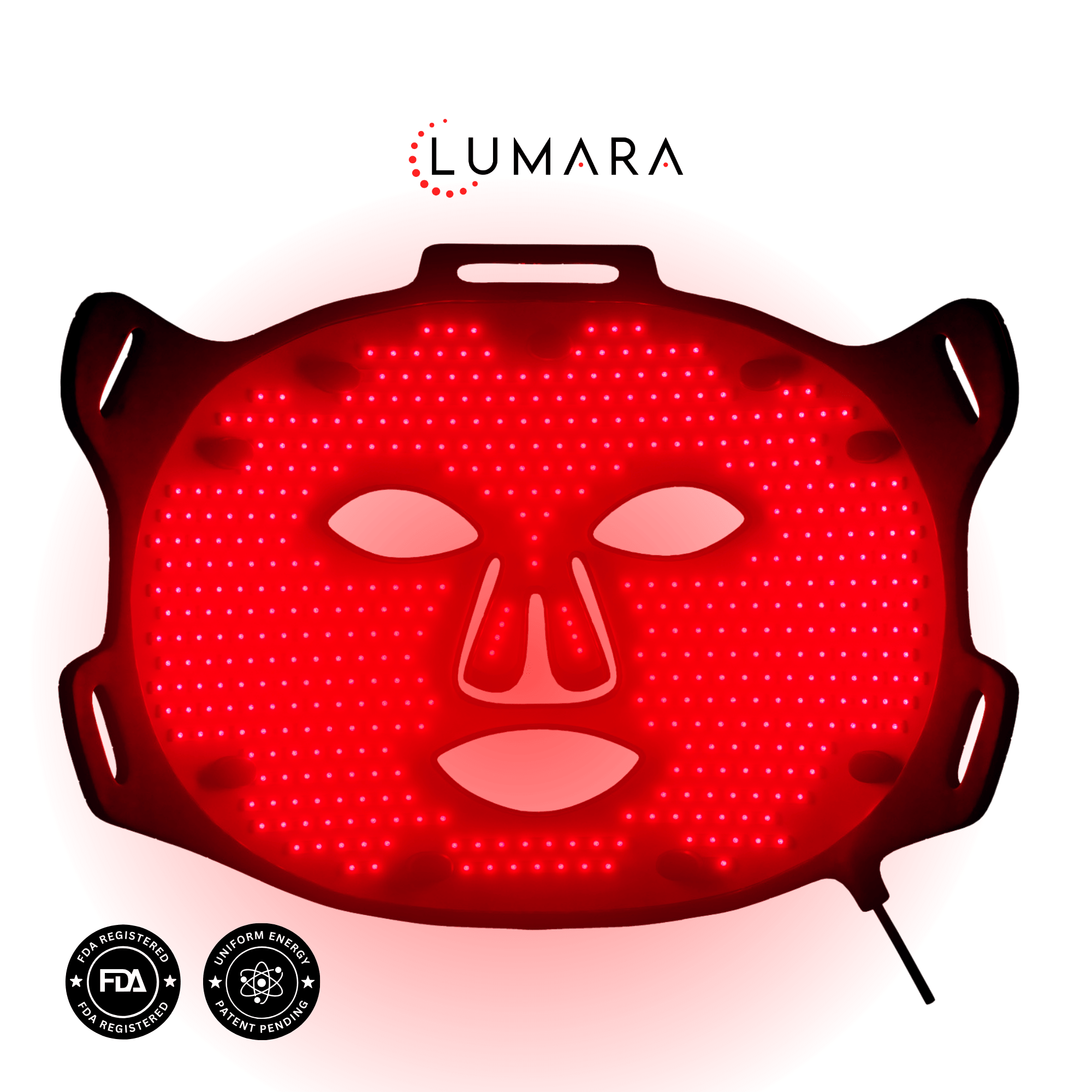

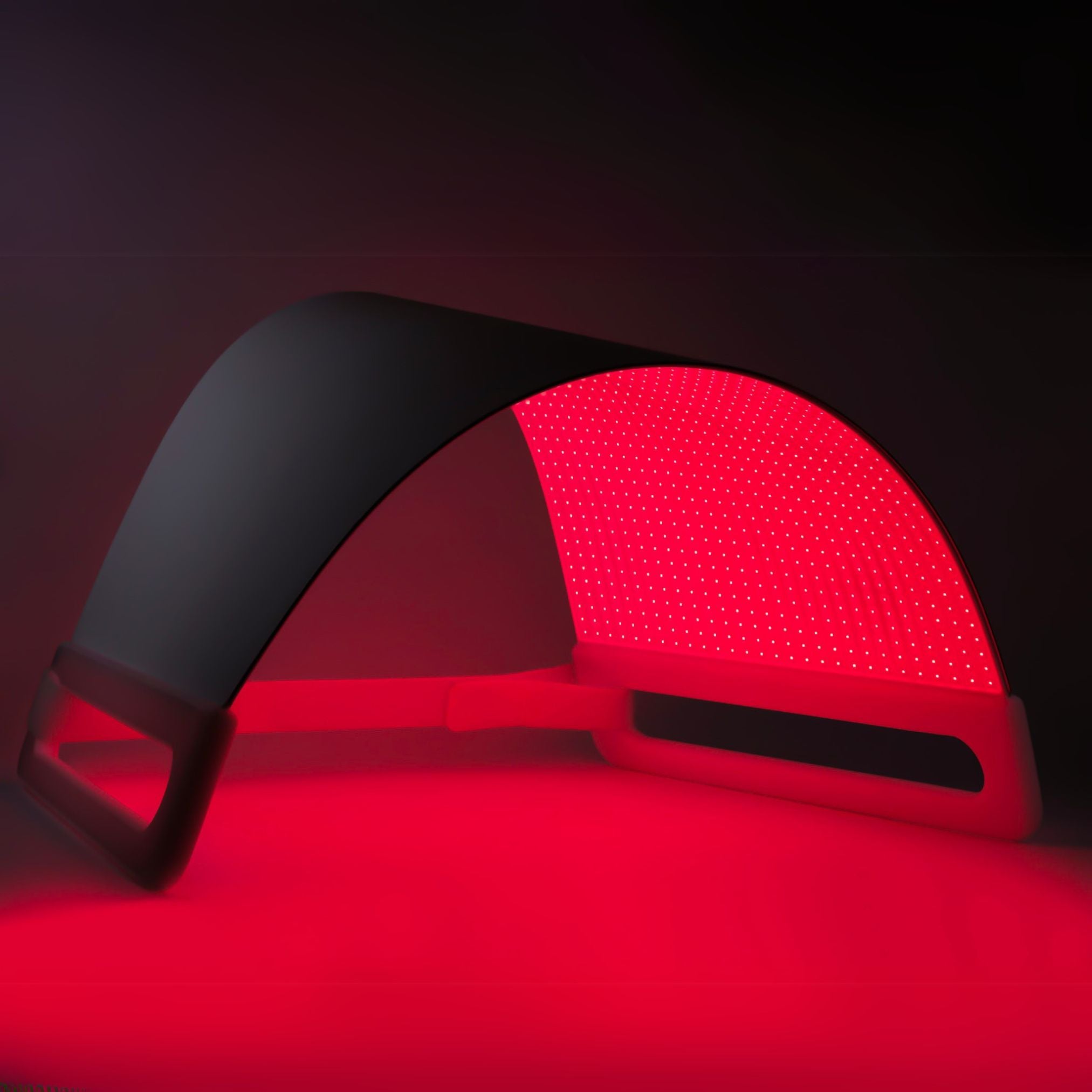
Share:
Blue LED Light Therapy Benefits and What It Actually Treats
Do LED Masks Really Work? Effectiveness & Skin Benefits